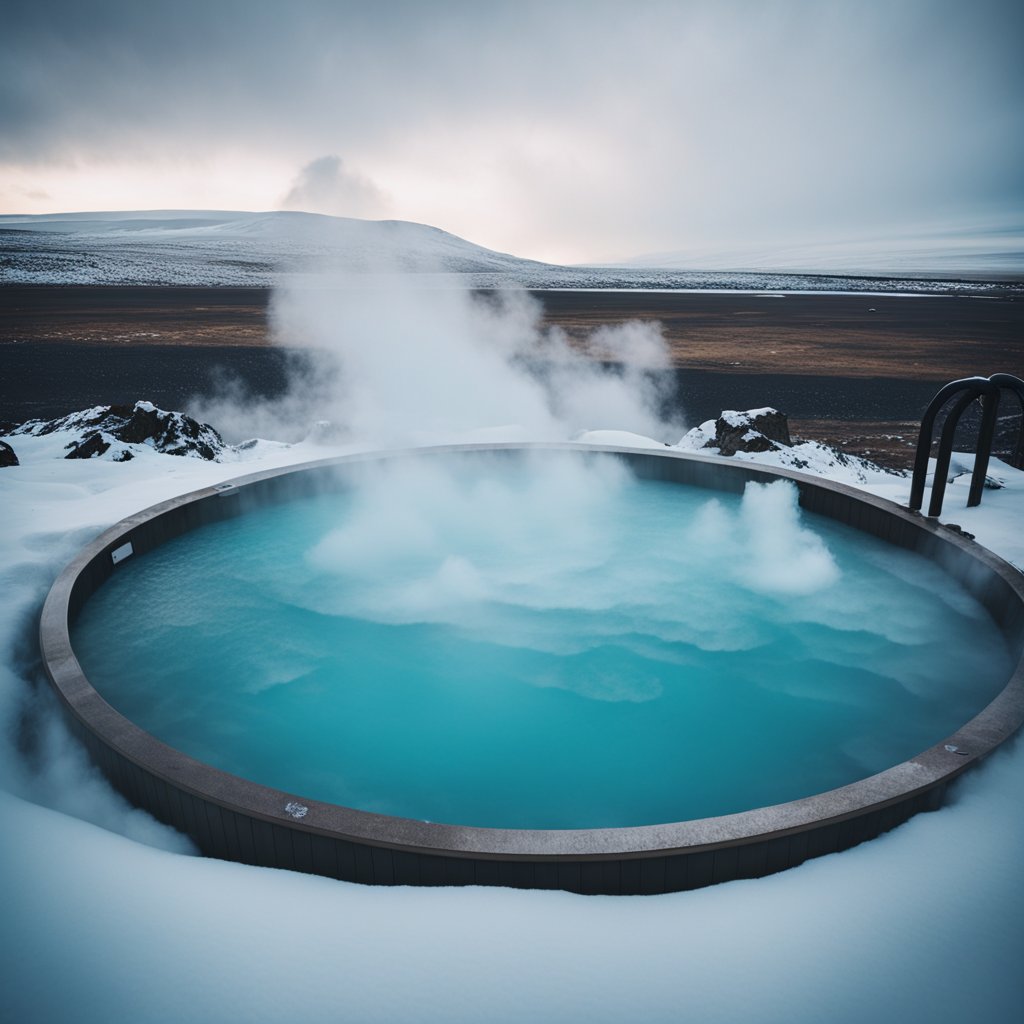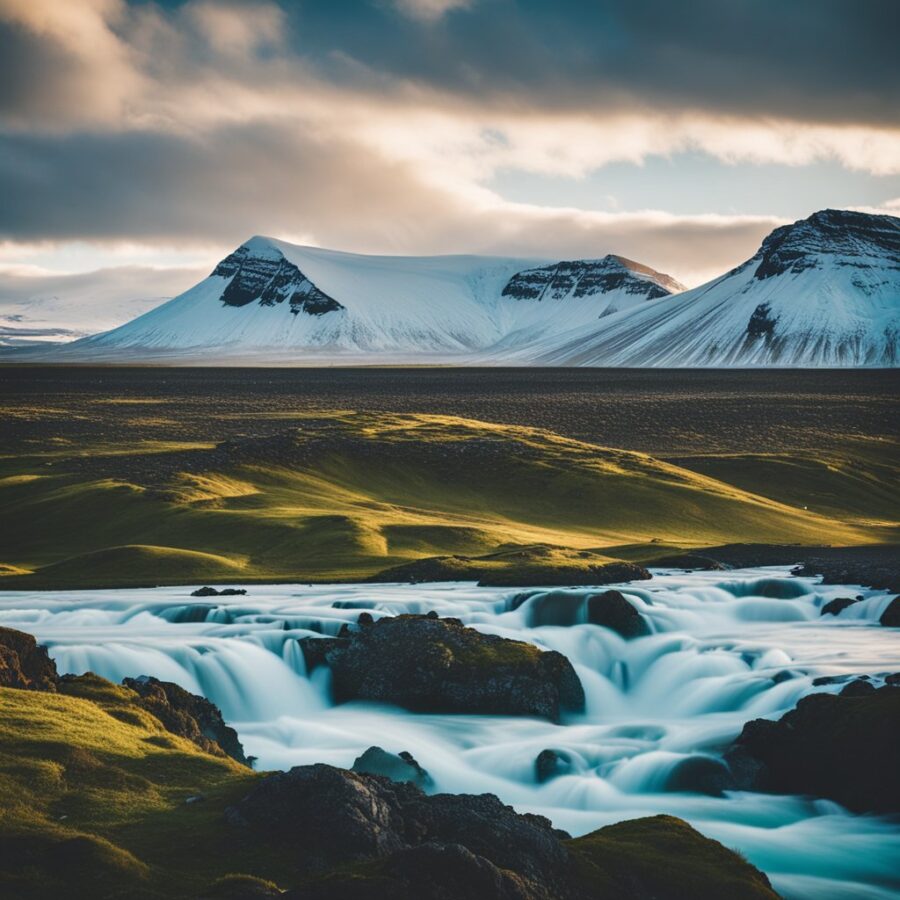Iceland, a Nordic island nation, is a land of stark contrasts and natural wonders. From the dancing Northern Lights to the tranquil blue lagoons, it offers a plethora of activities for every type of traveler. Here’s a guide to help you make the most of your Icelandic adventure.
The Allure of the Aurora: Chasing the Northern Lights
One of the most magical experiences in Iceland is witnessing the Aurora Borealis. The best time to catch this celestial dance is from September to April. Head out on a clear, dark night, far from the city lights, and watch the skies come alive. Several tours offer guided experiences, complete with photography tips to capture the moment.

The Blue Lagoon: A Soothing Escape
No trip to Iceland is complete without a dip in the Blue Lagoon. This geothermal spa, with its milky-blue waters rich in minerals like silica and sulfur, is known for its healing properties. Book in advance to secure your spot and consider a massage or a silica mud mask for the ultimate relaxation.
The Golden Circle: A Route to Wonder
The Golden Circle is a popular tourist route that covers about 300 kilometers looping from Reykjavík into central Iceland and back. It includes three primary stops: the national park Þingvellir, the waterfall Gullfoss, and the geothermally active valley of Haukadalur, which contains the geysers Geysir and Strokkur.
Waterfall Wonders: Seljalandsfoss and Skógafoss
Iceland is home to some of the most spectacular waterfalls in the world. Seljalandsfoss allows visitors to walk behind its cascading waters, while Skógafoss impresses with its sheer size and power. Both are accessible year-round and are a must-visit for nature enthusiasts.
Glacial Adventures: Ice Cave Tours and Glacier Hiking
For the more adventurous, glacier tours offer a chance to explore the frozen landscapes. Ice cave tours in Vatnajökull, Europe’s largest glacier, are popular. For those who prefer a more physical challenge, glacier hiking on Sólheimajökull can be an exhilarating experience.
Whale Watching: Meeting the Giants of the Sea
Iceland’s waters are home to diverse marine life, including humpback whales, orcas, and dolphins. Various tours depart from Reykjavík and Husavik, known as the whale-watching capital of Iceland. The best time for whale watching is from April to October.
The Charm of Reykjavík: Culture and Cuisine

Reykjavík, the capital, is a hub of culture, art, and cuisine. Visit the iconic Hallgrímskirkja church, enjoy the vibrant street art, and sample traditional Icelandic dishes like hákarl (fermented shark) and brennivín (a local spirit). Don’t miss the chance to explore the old harbor and the Harpa Concert Hall.
Horseback Riding: Trot Through the Terrain
Icelandic horses are known for their unique tölt gait. Horseback riding tours offer a unique way to see the countryside, suitable for both beginners and experienced riders. It’s a peaceful way to connect with nature and the local culture.
The Midnight Sun: Revel in Endless Daylight
If you visit during the summer months, you’ll experience the midnight sun, where the sun barely sets. This natural phenomenon allows for extended days of exploration. Whether it’s golfing at midnight or taking a late-night hike, the possibilities are endless.
The Road Less Traveled: The Westfjords
For those looking to escape the tourist trail, the Westfjords offer rugged landscapes, steep mountains, and deep fjords. It’s more remote, which means you’ll often have the stunning scenery all to yourself. Visit the Látrabjarg cliffs, the westernmost point of Iceland, to see puffins and other seabirds.
Hiking Heaven: Landmannalaugar
Landmannalaugar, part of the Fjallabak Nature Reserve, is a hiker’s paradise with its rhyolite mountains and hot springs. It’s the starting point for the famous Laugavegur trail, a multi-day trek that showcases the best of Iceland’s interior wilderness.
The Lure of the Lava: Volcano Tours
Iceland is one of the most volcanically active places on earth. Tours to places like the Reykjanes Peninsula allow you to explore lava fields, craters, and even descend into dormant volcanic chambers.
Photography and Art: Capture and Create
The unique landscapes provide endless inspiration for photographers and artists. Join a photography tour, or take part in art workshops set in picturesque locations. Iceland’s scenery is a canvas waiting for your creative touch.
Sustainable Travel: Respect and Preserve
As you explore, remember that Iceland is a country that takes pride in its sustainability efforts. Stick to marked paths, take your trash with you, and respect wildlife habitats. By traveling responsibly, you ensure that Iceland’s beauty is preserved for generations to come.
Practical Tips for Your Journey
- Weather: Be prepared for rapidly changing weather. Layering is key.
- Transport: Renting a car is the best way to explore at your own pace.
- Currency: The Icelandic króna (ISK) is the currency, and card payments are widely accepted.
- Language: Icelandic is the official language, but English is commonly spoken.
- Clothing: Waterproof and windproof clothing will be your best friend.
Conclusion
Iceland is a country of extraordinary beauty and adventure. Whether you’re soaking in a geothermal pool, hiking across a glacier, or enjoying the local culture, there’s something in Iceland that will capture your heart. Plan your trip with respect for the environment and openness to the experiences that await, and you’ll have the journey of a lifetime.
